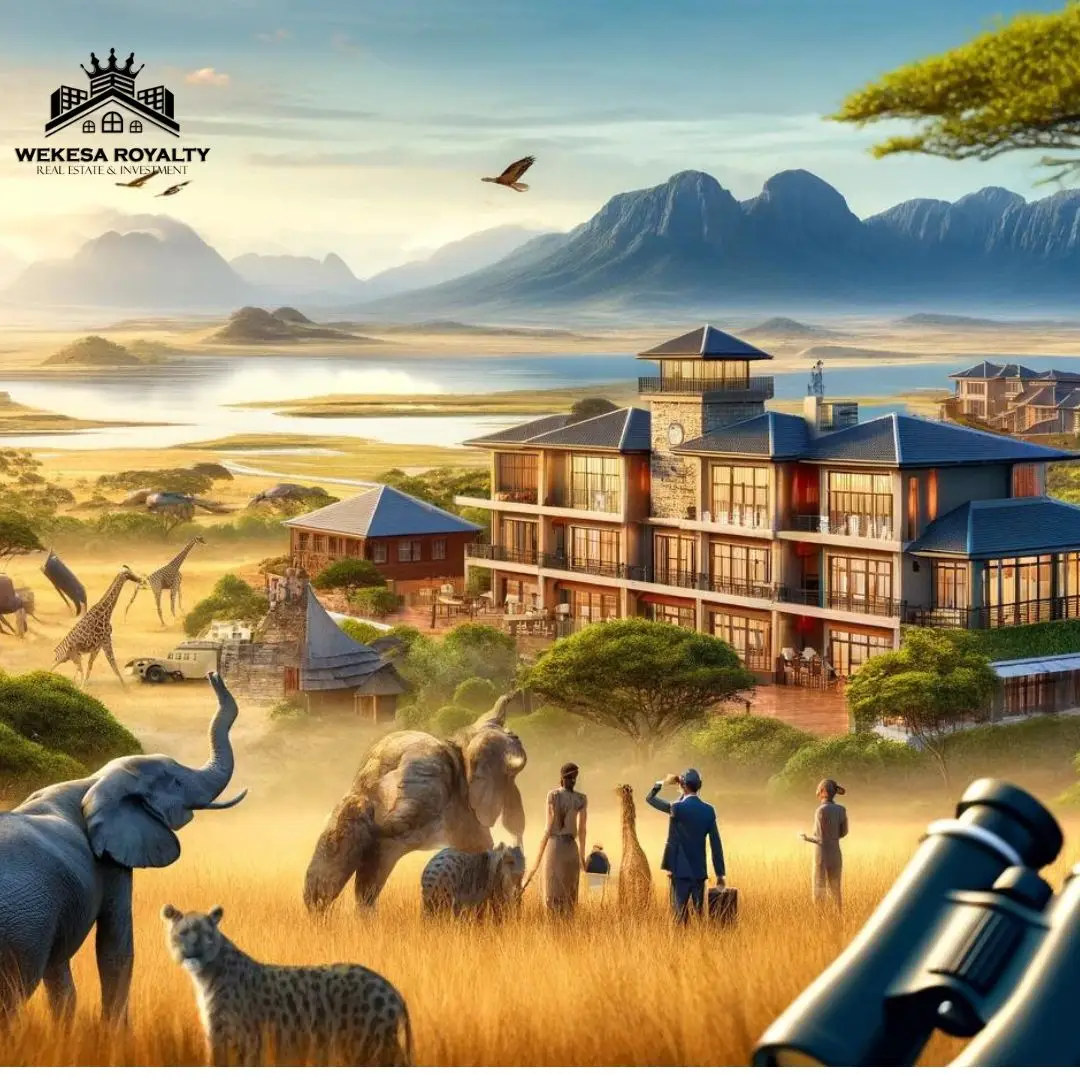Introduction
Explore how Kenya’s majestic national parks contribute to enhancing property values, offering unique investment opportunities in real estate.
Kenya, renowned for its diverse wildlife and breathtaking landscapes, is home to some of the world’s most famous national parks.
While these parks are pivotal in conserving biodiversity and attracting tourists, they also play a significant role in enhancing the value of surrounding properties.
This article delves into the symbiotic relationship between Kenya’s national parks and real estate values, exploring how proximity to natural beauty and wildlife can be a lucrative asset for property investors.
Kenya’s National Parks: A Natural Treasure
Kenya’s national parks, such as the Maasai Mara, Amboseli, and Tsavo, are not just conservation areas but also key drivers of the country’s economy through tourism. Their global recognition attracts visitors from all corners of the world, highlighting the unique appeal of Kenya’s natural heritage.
The Influence of National Parks on Property Value
Properties located near national parks often enjoy a premium in their value. This premium is attributed to the scenic views, unique lifestyle, and the tranquility offered by proximity to natural spaces. Additionally, these areas benefit from government investments in infrastructure and conservation, making them attractive for residential and commercial development.
Tourism and Hospitality: Boosting Demand for Real Estate
The tourism industry, fueled by the national parks, creates a demand for accommodation, dining, and entertainment facilities.
This, in turn, boosts the real estate market, with investors keen on developing hotels, lodges, and resorts to cater to the influx of visitors.
Furthermore, vacation homes and rentals in these areas see a surge in interest, particularly from international tourists and investors.
Conservation Efforts and Sustainable Development
Kenya’s focus on conservation and sustainable tourism practices enhances the appeal of investments in areas surrounding national parks.
Properties that adopt green building practices and support environmental conservation initiatives are increasingly valued, reflecting a growing trend towards eco-friendly investments.
Challenges and Opportunities
Investing in property near national parks comes with its set of challenges, including regulatory restrictions aimed at conservation. However, these limitations often preserve the natural beauty and exclusivity of the area, further enhancing property value over time.
Case Studies: Success Stories of Investments Near National Parks
Examples abound of successful real estate developments that have capitalized on their proximity to Kenya’s national parks. These range from luxury safari lodges to residential properties that offer a serene escape from the hustle and bustle of city life.
Future Prospects: Real Estate and Conservation Hand in Hand
The future of real estate investment in areas surrounding Kenya’s national parks looks promising. As awareness and appreciation for conservation grow, so does the interest in living close to nature. This trend is likely to continue, with both conservation efforts and real estate development benefiting from each other.
Conclusion
Kenya’s national parks are more than just havens for wildlife; they are catalysts for enhancing property values in their vicinity.
The unique combination of natural beauty, conservation, and tourism makes real estate investments in these areas both lucrative and fulfilling.
As Kenya continues to prioritize sustainable development and conservation, the synergy between its national parks and the real estate market is set to strengthen, offering unparalleled opportunities for investors.
This overview provides insights into the dynamic relationship between
Kenya’s national parks and the real estate market, highlighting the potential for investment in properties that not only offer financial returns but also contribute to the conservation of Kenya’s natural heritage.




